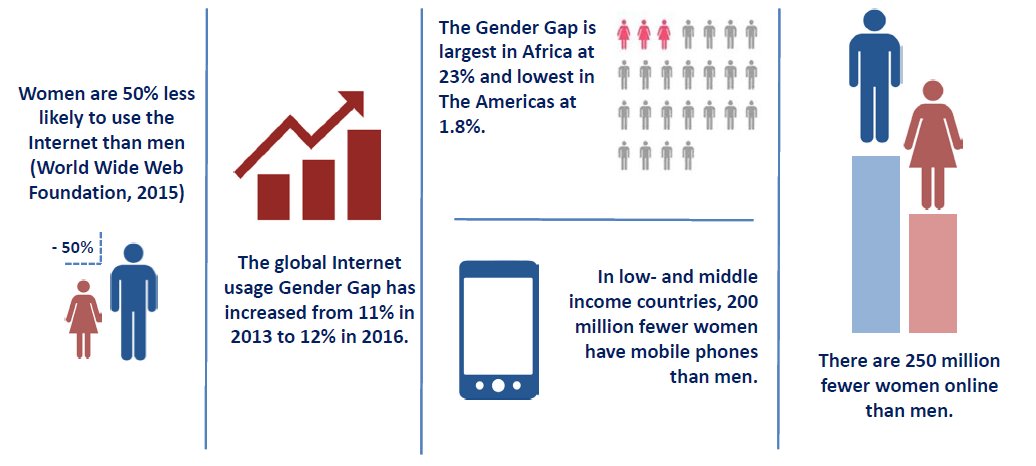WHAT IS THE IMPACT OF BROADBAND EXPANSION ON ECONOMIC OUTCOMES?
Roughly seven-in-ten rural Americans (72%) say they have a broadband internet connection at home, according to a Pew Research Center survey of U.S. adults conducted from Jan. 25 to Feb. 8, 2021. While broadband adoption has not significantly increased for urban and suburban Americans in the last five years, rural residents have seen a 9 percentage point rise in home broadband adoption since 2016, when about six-in-ten (63%) reported having a high-speed internet connection at home. Despite the rise in rural adoption, rural residents are still less likely than those living in suburban areas to report having home broadband.
The Federal Communications Commission (FCC) defines broadband internet as a minimum of 25 megabits per second (Mbps) download speed (the time it takes to receive data, such as loading a web page) and 3 Mbps upload speed (the speed at which data is sent from a small digital device to a larger server; for example, when backing up data to the cloud).
As is true for the nation as a whole, mobile technology use among rural adults has also risen rapidly, with the share of those owning smartphones and tablets increasing sharply since 2011. While smartphone ownership rose significantly (9 points) among rural residents in the past three years, their tablet ownership has remained relatively equivalent to what it was in 2019. Similarly, rural ownership of desktop or laptop computers remains largely unchanged.
Low income and elderly populations, people of color, and those who live in rural and Tribal areas are disproportionately likely to lack broadband access. The Pew Research Center found that 43% of adults with incomes below $30,000 a year report not having home broadband services, in comparison to 7% of adults with household earnings of over $100,000 a year. When schools switched to distance learning in March 2020, around 15 million students found themselves without broadband internet, worsening a “homework gap” between school age children with and without high-speed internet at home.
Rural residents go online less frequently than their urban counterparts. Eight-in-ten adults who live in rural communities say they use the internet on at least a daily basis, compared with roughly nine-in-ten of those in urban areas (88%). In addition, three-in-ten or more urban (37%) and suburban (30%) residents say they are online almost constantly while about a quarter of rural residents (23%) say the same.
In a 2018 Center survey, adults who lived in rural areas were more likely to say access to high-speed internet was a major problem in their local community: 24% said this, compared with 13% of urban adults and 9% of rural adults. Similar rates of concern about access to high-speed internet were shared by rural adults in both lower- and higher-income households, as well as by those with various levels of educational attainment.



